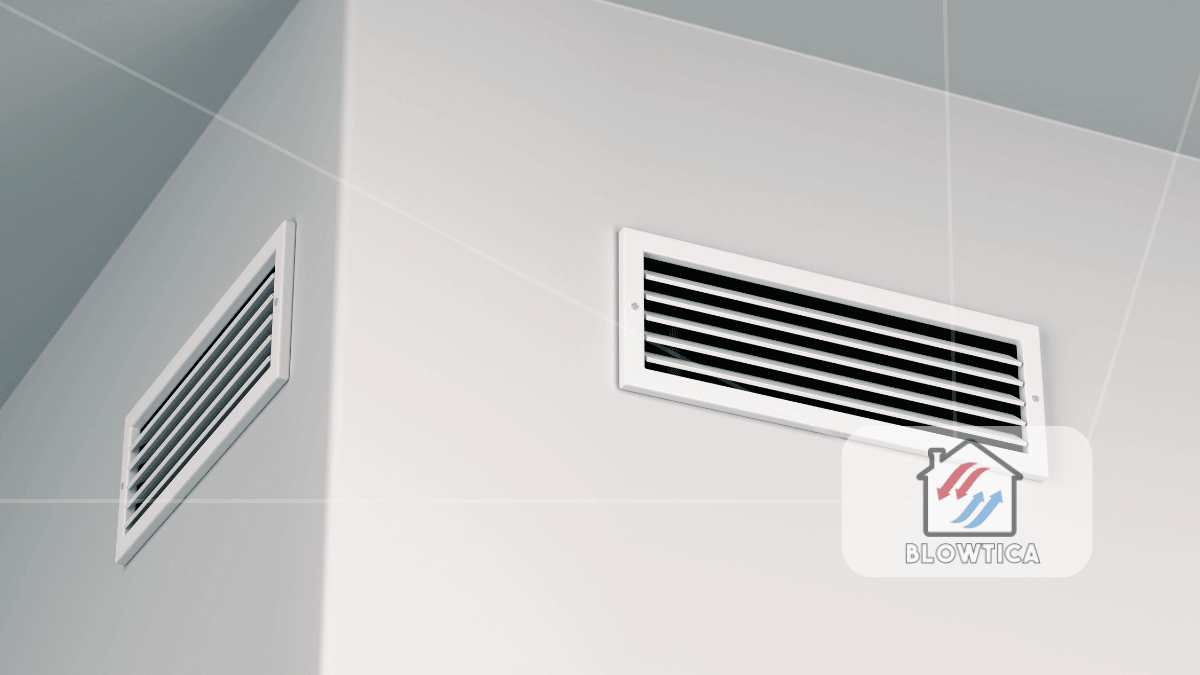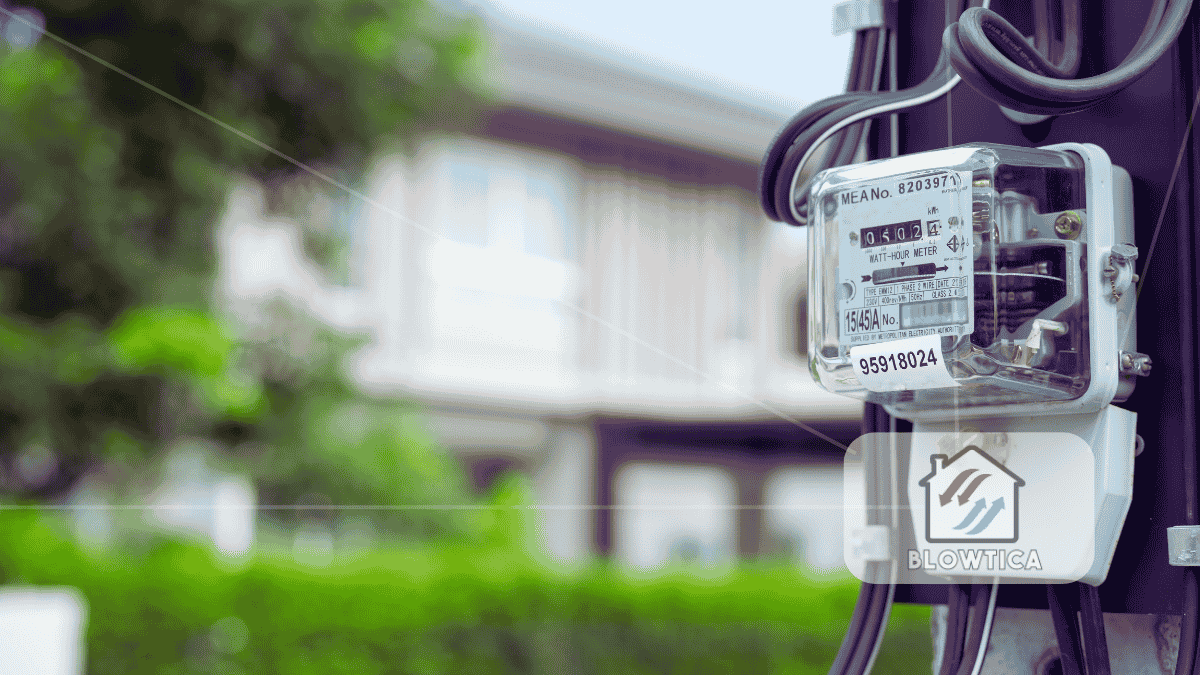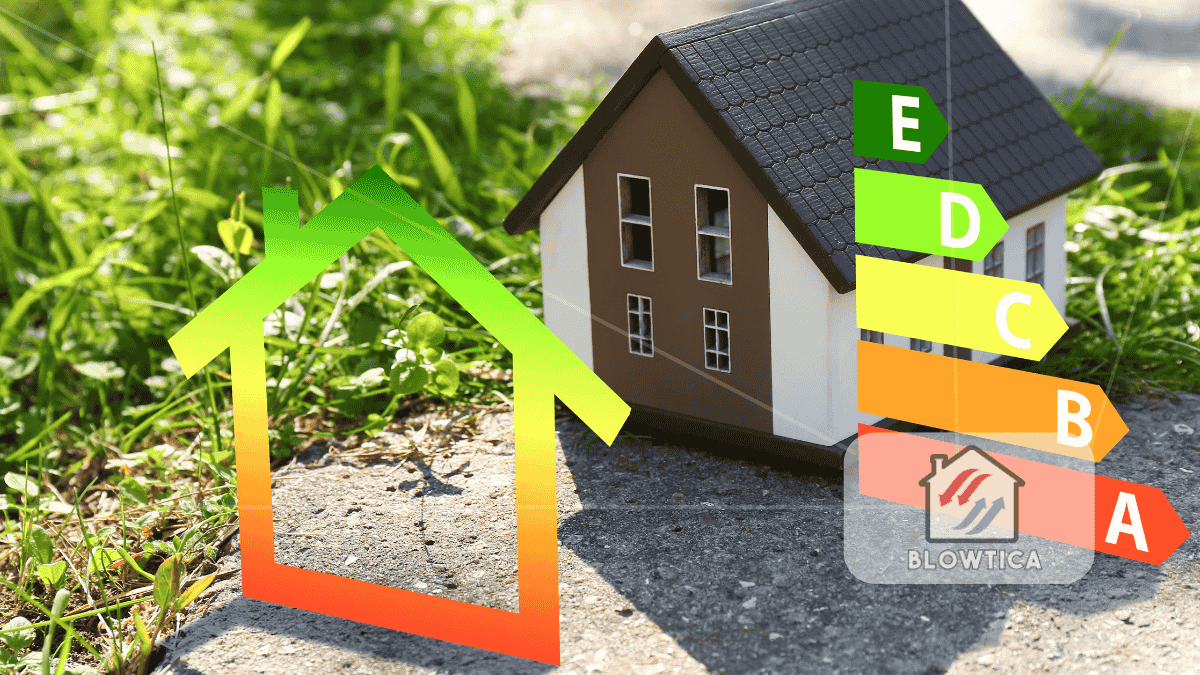
Smart home technology is changing how we live, and HVAC systems are at the forefront of that shift. One innovation that’s gaining traction, but still underutilized, is smart vents and dampers. These devices provide precise, room-by-room control of airflow, making homes and buildings more comfortable and energy-efficient. When evaluating the top HVAC upgrades, smart vents and dampers deserve serious consideration.
What Are Smart Vents and Dampers?
Traditional HVAC systems deliver the same amount of air to every room, regardless of individual requirements. This often results in hot or cold spots, wasted energy, and reduced comfort. In contrast, smart vents and dampers optimize airflow by adapting to real-time environmental data.
Smart vents are automated registers that fine-tune airflow into specific rooms. Meanwhile, smart dampers are placed inside the ductwork to regulate air across larger zones or entire floors. Working together with sensors and programmable controls, these technologies ensure air is directed precisely where it’s needed in improving comfort and efficiency.
How the Technology Works
These systems operate through a combination of sensors, actuators, and communication protocols. Sensors measure temperature, humidity, occupancy, and sometimes even CO2 levels. Based on this input, actuators in the vents or dampers adjust their position to fine-tune airflow.
Some smart vent systems are wireless, using Zigbee, Z-Wave, or Wi-Fi to communicate with a central hub or directly with smart thermostats. Homeowners can control settings via smartphone apps, or let automated routines handle the adjustments.
Benefits of Smart Vents and Dampers
1. Energy Efficiency
Energy conservation is a major benefit. By only conditioning rooms in use, smart systems avoid the energy drain of cooling or heating unoccupied spaces. According to the Department of Energy, zoning can reduce HVAC energy use by up to 30%.
2. Personalized Comfort
Every room can maintain its own climate. Whether someone prefers a cooler bedroom or a warmer home office, smart vents and dampers make it possible without changing the main thermostat.
3. Reduced HVAC Wear and Tear
Over time, consistently running an HVAC system at full capacity wears out the components. By optimizing airflow and reducing unnecessary cycling, smart systems can help extend the lifespan of heating and cooling units.
4. Insightful Data and Control
Users gain valuable data from their system temperature fluctuations, room occupancy, airflow trends, and more. This kind of visibility helps identify inefficiencies and supports smarter energy use.
5. Seamless Installation
Many models are designed to retrofit existing ductwork and vents. That means users don’t need to overhaul their entire HVAC infrastructure to benefit from smart zoning.
Why Smart Vents and Dampers Are Worth the Investment
Smart HVAC zoning is particularly valuable in multi-story homes or commercial spaces. Hot upstairs bedrooms and freezing downstairs offices become manageable with intelligent airflow distribution.
Though upfront costs are higher than traditional systems, the long-term savings and added comfort often justify the investment. Plus, energy-efficient features can increase home resale value.
Integration with Smart Ecosystems
Modern smart vents and dampers are often compatible with home automation platforms like Alexa, Google Assistant, and Apple HomeKit. This integration allows for:
- Voice control of room temperature
- Automated routines based on occupancy or time
- Pre-conditioning rooms based on weather forecasts or daily schedules
For instance, vents can open gradually in the morning to gently warm a room before you wake up. Or they can shut off airflow to unoccupied guest rooms, reducing waste.
Addressing Potential Drawbacks
Like any technology, smart vents and dampers come with considerations. Improper zoning, such as closing too many vents at once, can lead to excess pressure in the ducts and stress the HVAC unit. This is why system design matters.
Lower-end models may lack responsive sensors or reliable connectivity. It’s wise to invest in quality hardware and, when necessary, consult professionals for complex installations.
Best Practices for Optimal Use
To maximize the benefits of smart vents and dampers:
- Conduct a home energy audit to identify airflow problems.
- Invest in high-accuracy sensors for temperature and motion detection.
- Pair with a smart thermostat to manage the system holistically.
- Avoid aggressive zoning; moderate adjustments work best.
- Schedule regular system checks to ensure everything functions as intended.
Future Innovations in Airflow Management
AI-powered systems are beginning to revolutionize smart HVAC controls. Future smart vents and dampers may not need programming at all—they’ll learn from your behavior, detect patterns, and adjust automatically. Integration with solar energy systems and battery storage could take energy savings to another level.
As energy efficiency becomes a priority, expect more incentives and rebates from governments and utility companies for installing smart HVAC technologies.
Expanded Residential Applications
Think about a common issue: one part of a home is always hotter or colder than the rest. A zoned HVAC system with smart dampers can correct this imbalance. Upstairs bedrooms can get more airflow in the evening, while unused areas remain untouched.
Families with different temperature preferences also benefit. Each member can enjoy their ideal room temperature without constant thermostat arguments.
Additionally, smart vents can contribute to better sleep quality by maintaining a consistent bedroom temperature throughout the night.
Commercial and Industrial Use Cases
Smart airflow solutions are making headway in office buildings, schools, retail spaces, and healthcare facilities. In these environments, occupancy varies throughout the day. Conditioning only active areas saves energy and maintains comfort.
Conference rooms can be pre-cooled before meetings and then return to idle mode. Retail stores can use customer foot traffic data to adjust airflow in real time. Hospitals can ensure that air circulation complies with hygiene standards while still saving energy.
For facility managers, these systems offer centralized dashboards for monitoring multiple zones at once, simplifying maintenance and oversight.
Why Smart Vents and Dampers Rank High Among Top HVAC Upgrades
As HVAC technology becomes more personalized and efficient, smart vents and dampers are emerging as essential components. Among the top HVAC upgrades, they deliver noticeable results in comfort, cost savings, and control.
Compared to other upgrades like new compressors or air purifiers, smart airflow systems offer visible, user-driven advantages. Instead of operating quietly in the background, these systems actively respond to your daily needs. Their behavior adapts based on use and preferences.
For homeowners, landlords, or business operators aiming to boost HVAC performance without replacing major equipment, smart vents and dampers offer an accessible and effective solution.
Environmental Impact
Cutting down on unnecessary heating and cooling not only saves money but also reduces your carbon footprint. With smart zoning, HVAC systems use less energy, which translates to fewer greenhouse gas emissions. This makes smart vents and dampers a responsible choice for those concerned about sustainability.
Final Thoughts
Smart vents and dampers are transforming how we approach indoor climate control. They bring precision, automation, and efficiency to a traditionally rigid system. As part of the top HVAC upgrades, these tools offer substantial benefits in energy use, comfort, and long-term savings.
By investing in smart zoning today, homeowners and businesses are not only solving common comfort issues, they’re also future-proofing their spaces for more intelligent, responsive, and sustainable living.







